Top 10 Winter Greenhouse Crops to Try
Growing fresh produce doesn’t have to stop when temperatures drop. A greenhouse opens up a world of possibilities for winter gardening. While outdoor gardens succumb to frost and snow, a greenhouse provides a haven where plants can thrive despite the cold. With the right crops and a bit of care, you can enjoy homegrown vegetables all year round. Winter gardening not only supplies fresh food but also brings joy and greenery into the bleakest months.
Preparing Your Greenhouse for Winter
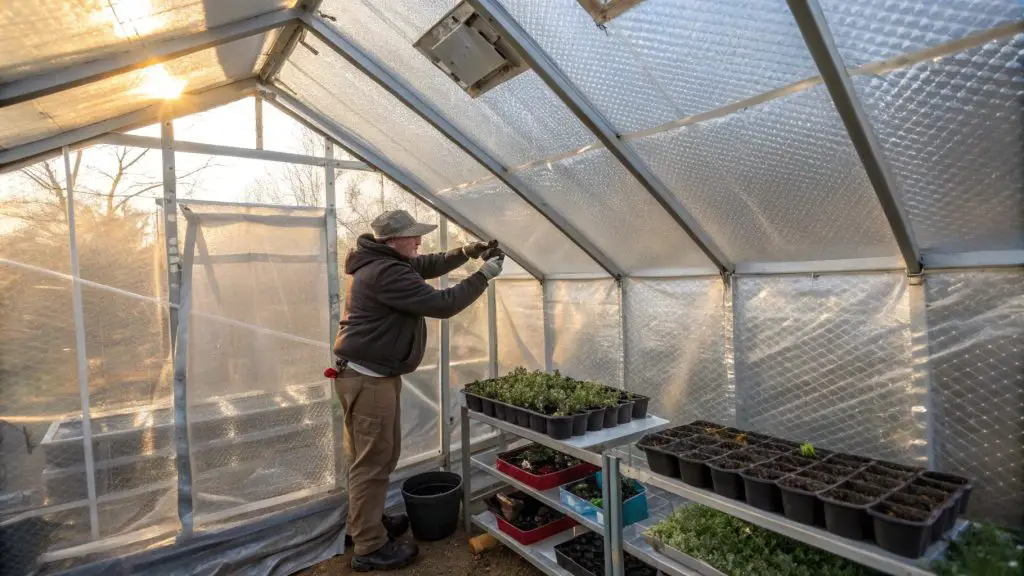
Before planting, it’s essential to ready your greenhouse for the challenges of winter. Insulation is key; lining the interior with bubble wrap helps retain heat. This simple step can make a significant difference in maintaining temperatures. Consider adding thermal screens to further conserve warmth during the night.
Heating options vary from electric heaters to passive solar methods. If you opt for electric heaters, ensure they are safe for greenhouse use and have thermostatic controls. Passive solar heating involves maximizing sunlight absorption during the day, using materials like black-painted water barrels that store heat.
Lighting is another crucial factor. Shorter days mean less natural sunlight, which can slow plant growth. Installing LED grow lights can ensure your plants get the light they need. Position lights to cover all areas evenly, and use timers to simulate natural daylight cycles.
Ventilation shouldn’t be overlooked—proper airflow prevents mold and mildew. Even in winter, plants need fresh air. Install vents or fans to keep air circulating without causing drafts. Monitoring humidity levels helps in preventing fungal diseases.
Lastly, enrich your soil with organic compost to provide ample nutrients for your crops. Healthy soil leads to healthy plants. Consider adding well-rotted manure or worm castings to boost fertility. Testing soil pH can also inform you if adjustments are needed.
Understanding Winter Growing Conditions
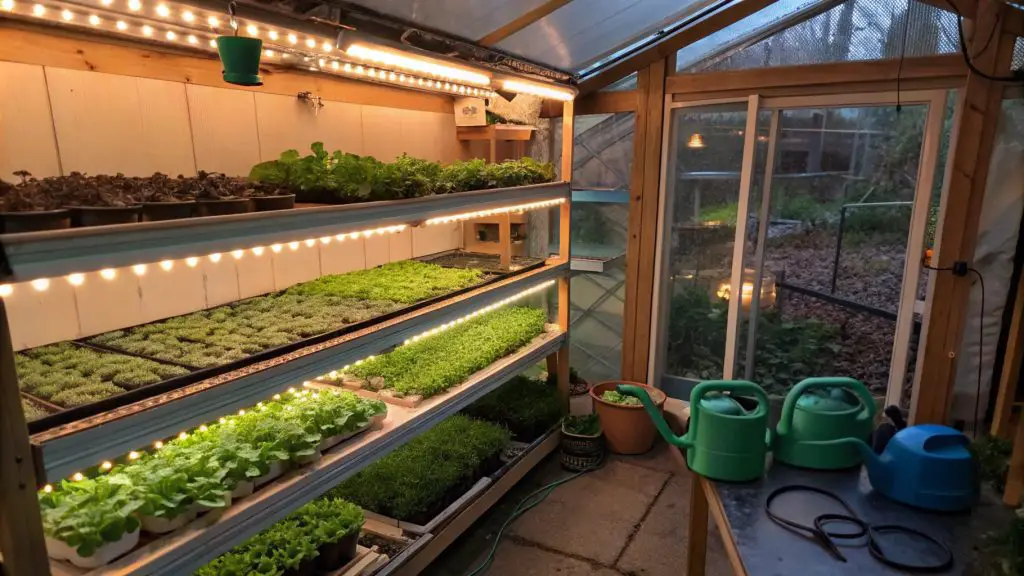
Winter brings unique growing conditions. Maintaining optimal temperature ranges is vital; most winter crops prefer cooler temperatures between 45°F and 65°F (7°C to 18°C) but still need protection from extreme cold. Using a minimum-maximum thermometer helps you track temperature fluctuations.
Day length affects plant growth cycles, so understanding photoperiodism helps in managing plant development. Some plants are sensitive to the length of daylight and may require supplemental lighting to prevent them from going dormant.
Watering practices need adjustment too. Overwatering can be detrimental in cooler temperatures because evaporation rates are lower. Water plants in the morning to allow excess moisture to evaporate, reducing the risk of fungal diseases.
Pests and diseases don’t take a winter break, so regular checks are necessary to keep your greenhouse healthy. Common pests like aphids and whiteflies can still infest your plants. Use organic pest control methods, such as insecticidal soaps or introducing beneficial insects like ladybugs.
Planning Crop Rotation
Implementing crop rotation in your greenhouse helps prevent soil depletion and reduces the buildup of pests and diseases. By changing the type of crops grown in a particular space each season, you disrupt the life cycles of pests and prevent nutrient exhaustion.
Benefits of Crop Rotation
- Soil Health Improvement: Different plants consume and return varying nutrients. Rotating crops balances nutrient use and replenishment.
- Pest and Disease Reduction: Many pests and diseases are crop-specific. Changing crops deprives them of their preferred hosts.
- Weed Control: Varying crops can suppress weed growth by altering light availability and root structures.
Planning Your Rotation Schedule
Divide your greenhouse space based on plant families:
- Leafy Greens (e.g., spinach, lettuce)
- Root Vegetables (e.g., carrots, beets)
- Alliums (e.g., onions, garlic)
- Legumes (e.g., peas, beans)
Plan a rotation where each group follows another in a sequence. For example, after harvesting leafy greens, plant root vegetables in that space next season. This practice ensures that the same family doesn’t occupy the same spot consecutively.
Possible Crop Rotation Table for Greenhouse
| Season | Plant Family | Crop Examples | Soil Health Improvement |
|---|---|---|---|
| Spring | Legumes | Beans, Peas | Fix nitrogen in soil |
| Leafy Greens | Spinach, Lettuce, Kale | Increase organic matter | |
| Summer | Fruiting Plants | Tomatoes, Peppers, Cucumbers | Nutrient uptake |
| Root Vegetables | Carrots, Beets, Radishes | Breaks pest cycles | |
| Fall | Leafy Greens | Swiss Chard, Mustard Greens | Enhances soil structure |
| Legumes | Lentils, Chickpeas | Adds nitrogen back | |
| Winter | Root Vegetables | Garlic, Onions | Soil recovery |
| Fruiting Plants | Overwintering varieties (e.g., Tomatoes) | Nutrient conservation |
Implementing Rotation in a Small Space
In smaller greenhouses, crop rotation might seem challenging, but it’s still feasible:
- Use Containers: Grow plants in pots or raised beds that can be moved or have soil replaced.
- Intercropping: Plant quick-growing crops between slower ones to maximize space and rotation.
- Soil Amendments: Add compost and organic matter regularly to replenish nutrients.
Keeping Records
Maintain a garden journal to track what you plant and where. Note the dates, varieties, and any pest or disease issues. Over time, this record helps refine your rotation plan and improve crop yields.
10 Crop Profiles
Spinach

Spinach is a hardy leafy green rich in iron and vitamins A and C. It’s an excellent choice for winter cultivation due to its ability to withstand cold temperatures. Varieties like ‘Giant Winter’ and ‘Bloomsdale’ are well-suited for colder climates. Plant seeds in late fall for a steady winter harvest. Keep the soil moist but not waterlogged, and thin seedlings to allow room for growth. Harvest outer leaves as needed, which encourages the plant to produce more.
Lettuce
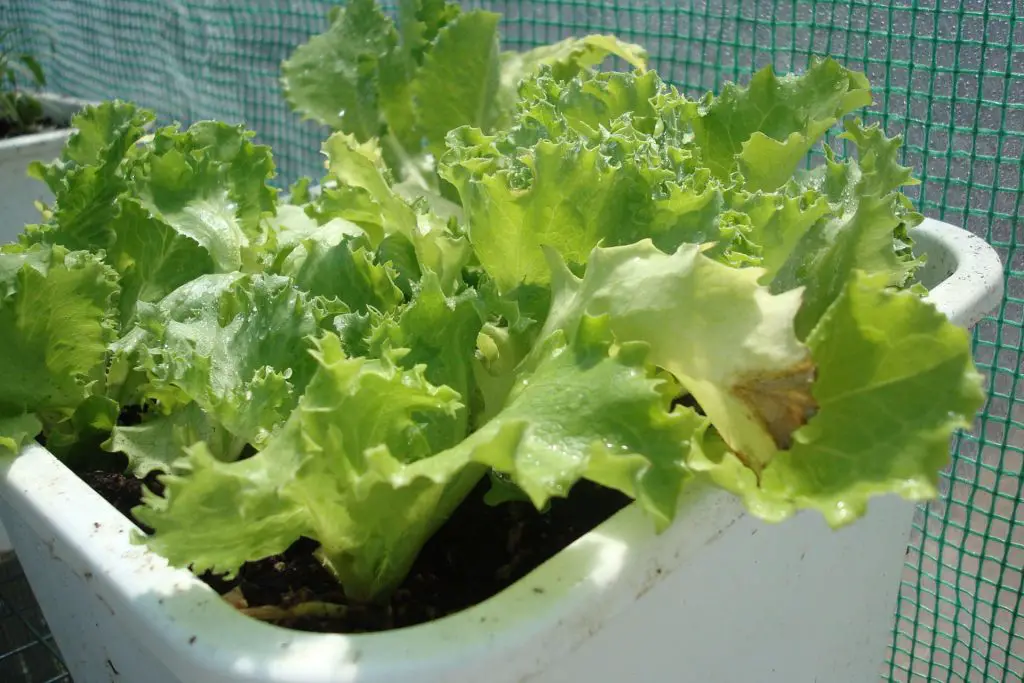
Lettuce varieties such as ‘Winter Density’ and ‘Arctic King’ thrive in cooler temperatures. Succession planting every two weeks ensures a continuous supply. Lettuce prefers fertile, well-drained soil enriched with compost. Provide consistent moisture, but avoid wetting the leaves to prevent rot. Watch out for tip burn and bolting; maintaining cooler temperatures helps prevent these issues. Using cloches or row covers inside the greenhouse can offer additional protection.
Kale
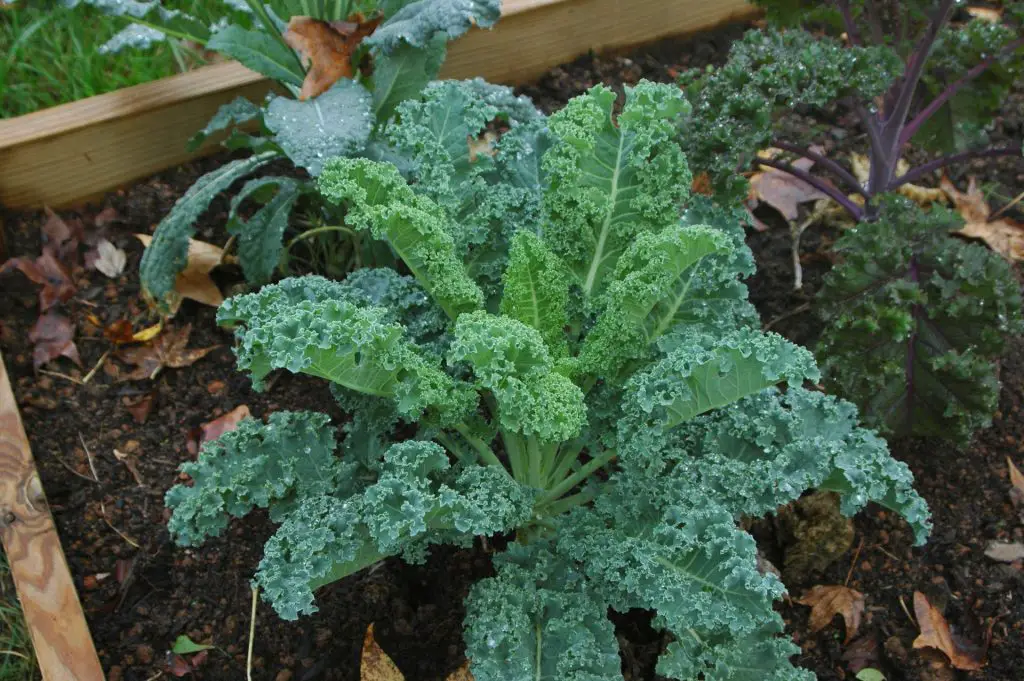
Kale is renowned for its cold-hardiness. In fact, exposure to frost can improve its flavor by increasing sugar content. Popular varieties include ‘Red Russian’ and ‘Winterbor’. Space plants about 18 inches apart to reduce the risk of disease and allow ample airflow. To deter aphids, employ organic pest prevention methods like introducing ladybugs or spraying neem oil. Harvest lower leaves first to promote upward growth and prolong the plant’s productivity.
Swiss Chard
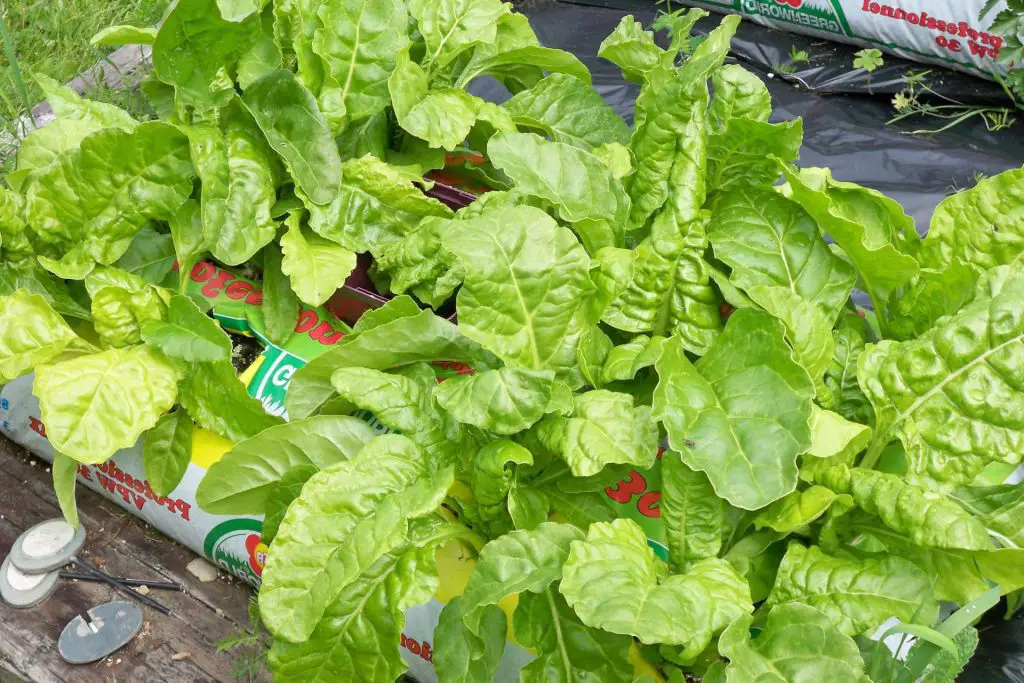
With its vibrant stems, Swiss chard adds color to your greenhouse. It’s high in vitamins K and A and tolerates temperatures down to 15°F (-9°C). Pre-soaking seeds overnight can enhance germination rates. Planting chard alongside onions or garlic can help deter pests due to their pungent smell. Harvest by cutting outer leaves, allowing the plant to continue producing new growth from the center.
Radishes
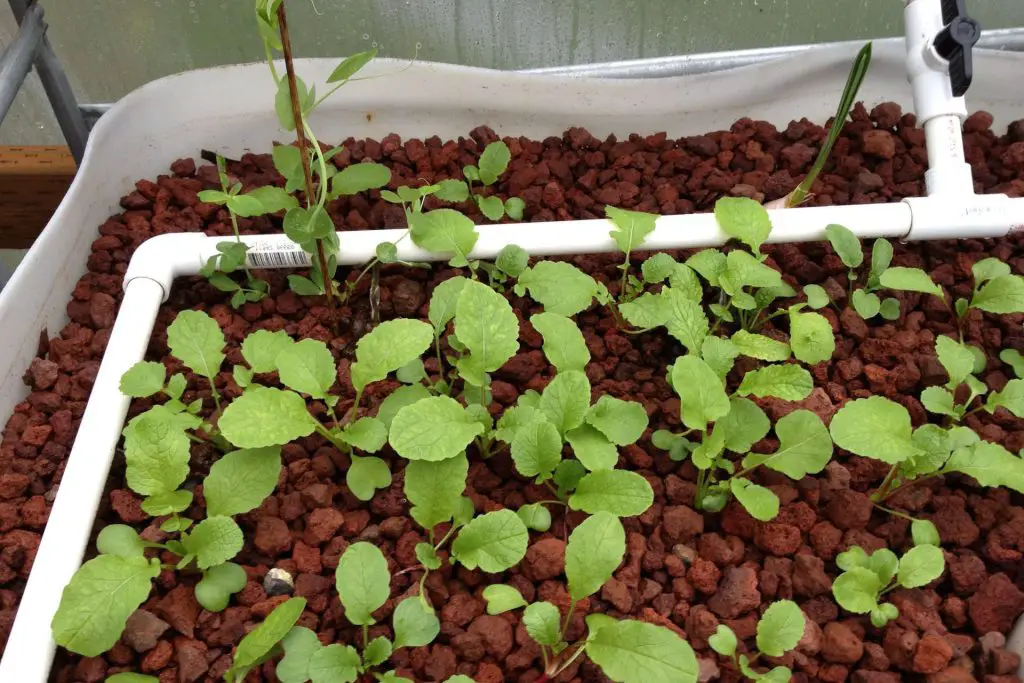
Radishes are quick-growing, ready to harvest in as little as four weeks. Varieties like ‘China Rose’ and ‘Black Spanish’ are ideal for winter growing due to their cold tolerance. They require loose soil for proper root development, so consider using raised beds or deep containers. Thin seedlings early to prevent overcrowding, which can lead to smaller roots. Don’t discard the greens—they’re nutritious and can be used in salads or sautés.
Carrots
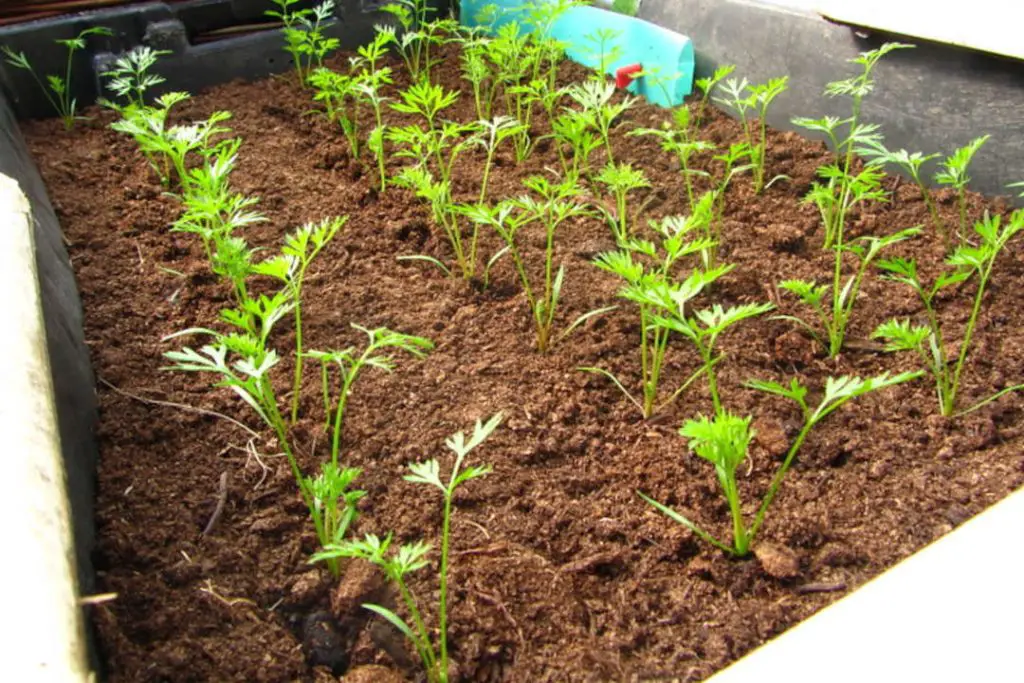
Short varieties such as ‘Paris Market’ and ‘Chantenay’ are perfect for container growing in a greenhouse. Carrots need deep, loose soil free of stones to grow straight roots. Adding sand to your soil mix can improve drainage and root development. Keep the soil consistently moist to avoid splitting. Protect your crop from carrot fly by using physical barriers like fleece or fine mesh netting. A touch of frost can sweeten carrots, enhancing their flavor and making them a delightful winter treat.
Beets
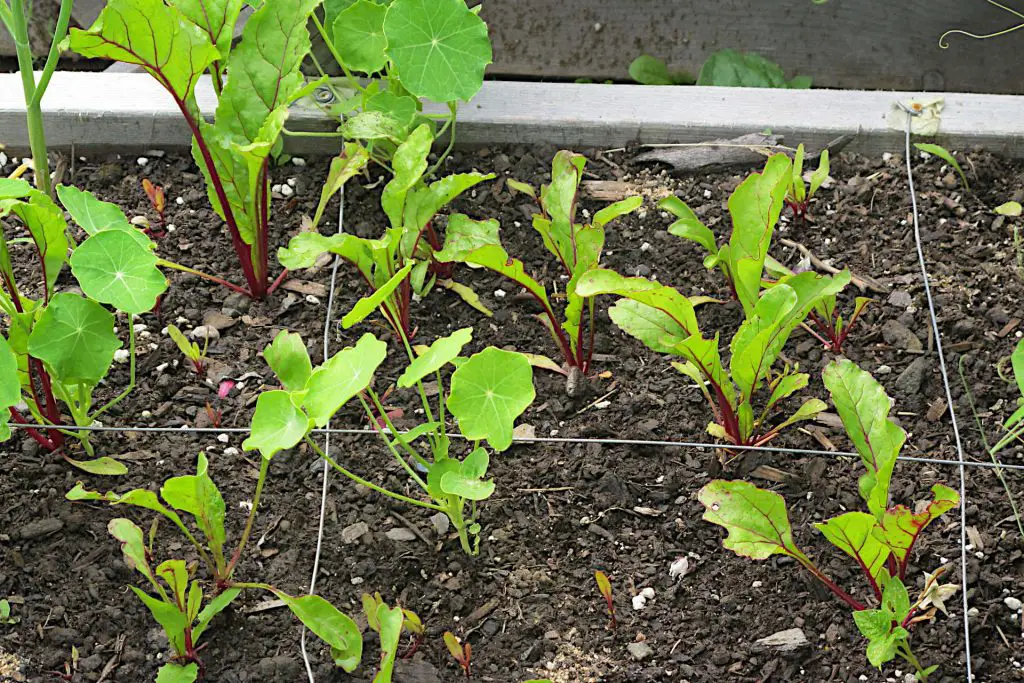
Beets offer a dual harvest—the roots and the greens are both edible and nutritious. ‘Winter Keeper’ and ‘Lutz Green Leaf’ are excellent winter varieties known for their storage capabilities. Plant seeds at the proper depth of about 1 inch and space them 3 inches apart to encourage bulb formation. Beets require soil rich in phosphorus and potassium, so consider adding bone meal or wood ash. After harvesting, they can be stored in a cool, dark place for several months.
Green Onions (Scallions)

Green onions are easy to grow from sets or seeds. They require minimal maintenance and can be harvested continuously by cutting the tops. You can even regrow them from kitchen scraps by placing the root ends in water until new growth appears, then transplanting them into soil. They prefer full sun and well-drained soil but can tolerate partial shade. Keep an eye out for fungal diseases like onion rot and ensure proper spacing to promote airflow.
Herbs (e.g., Parsley, Cilantro)
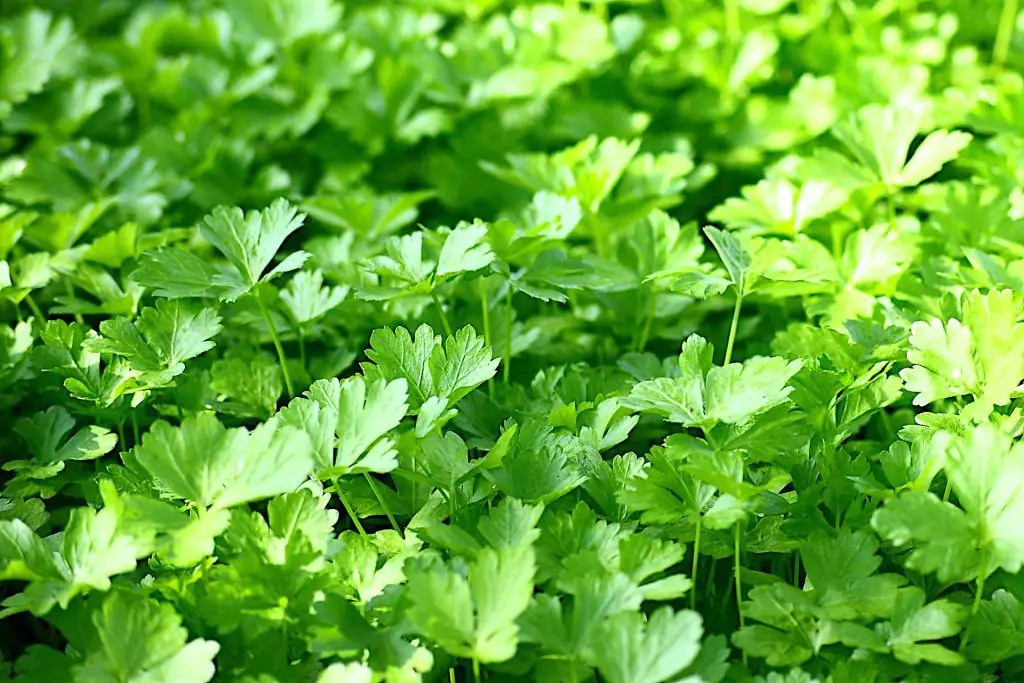
Fresh herbs like parsley and cilantro can enhance winter cooking with their vibrant flavors. Parsley thrives in cooler temperatures and can be harvested throughout the season. Cilantro requires careful management to prevent bolting; maintaining temperatures below 75°F (24°C) helps. Growing herbs in pots allows you to move them for optimal light exposure and to manage space efficiently. Pinch back herbs regularly to promote bushiness and prevent flowering, which can alter the flavor.
Microgreens
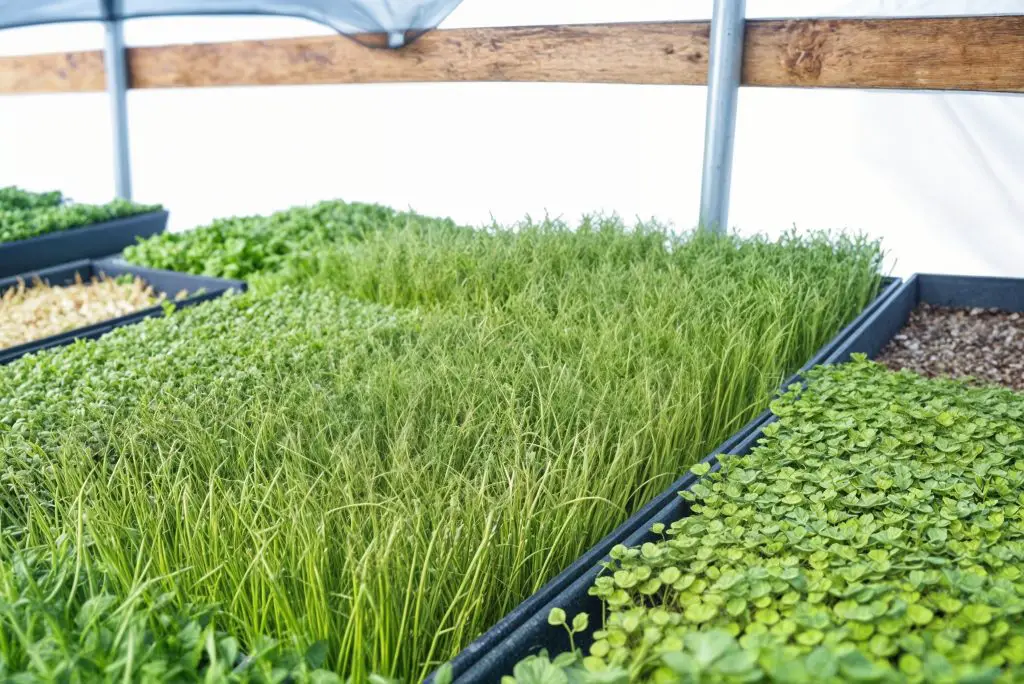
Microgreens are young seedlings of vegetables and herbs, packed with nutrients and intense flavors. They can be grown from a variety of seeds, including broccoli, radish, mustard, and sunflower. Choose your growing medium—soil or coconut coir both work well and provide good drainage. Adequate light is crucial for robust growth; placing trays near windows or under grow lights yields the best results. Harvest microgreens by snipping them at the soil line within 7 to 14 days when they have developed their first true leaves.
Additional Tips for Successful Winter Greenhouse Gardening
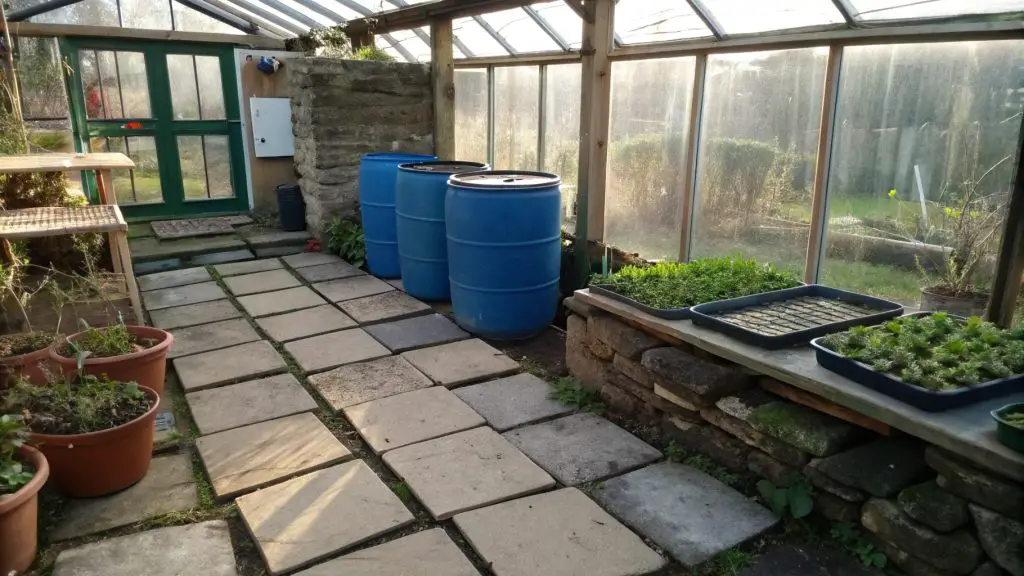
Using thermal mass like water barrels or stone floors can help retain heat in your greenhouse. These materials absorb heat during the day and release it slowly at night, moderating temperature fluctuations. Adding row covers inside provides extra protection for sensitive crops, effectively creating a greenhouse within a greenhouse.
Monitoring and adjusting soil pH levels ensures nutrients are available to your plants. Most vegetables prefer a pH between 6.0 and 7.0. Test kits are readily available and easy to use. Keeping detailed records of your gardening activities helps in planning future seasons. Note what varieties performed well, dates of planting and harvesting, and any pest issues encountered.
Don’t hesitate to connect with other gardeners—sharing experiences can lead to valuable insights. Local gardening clubs or online forums are great places to exchange tips and learn from others who share your passion.
Time to Start Preparing
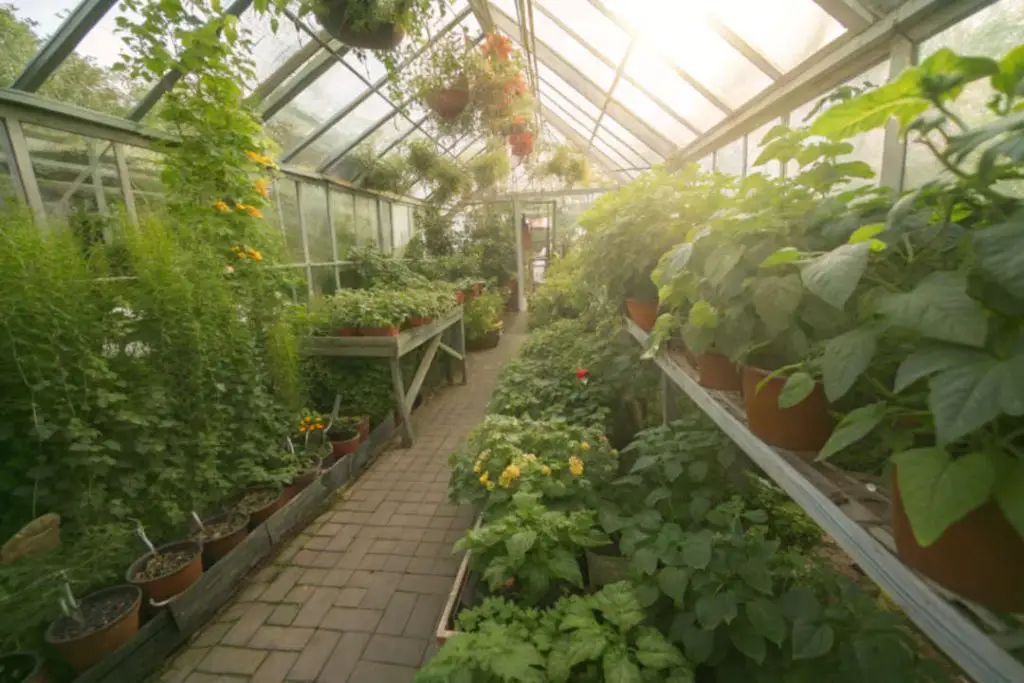
Winter doesn’t have to halt your gardening endeavors. With the right crops and a prepared greenhouse, you can enjoy fresh, homegrown produce throughout the colder months. Experiment with different plants and techniques to find what works best for you. There’s great satisfaction in harvesting your own vegetables year-round. Join the community of winter gardeners and share your successes.
